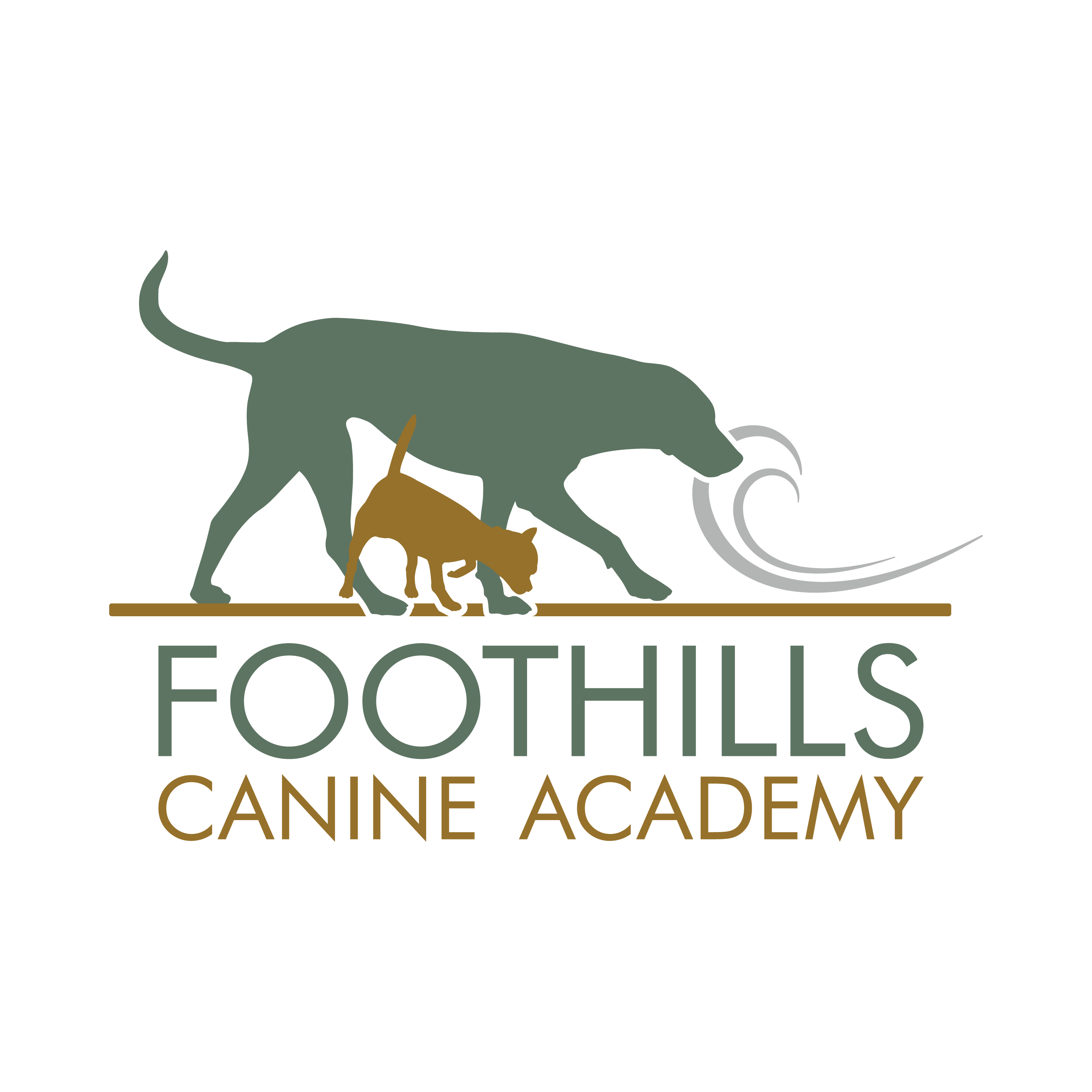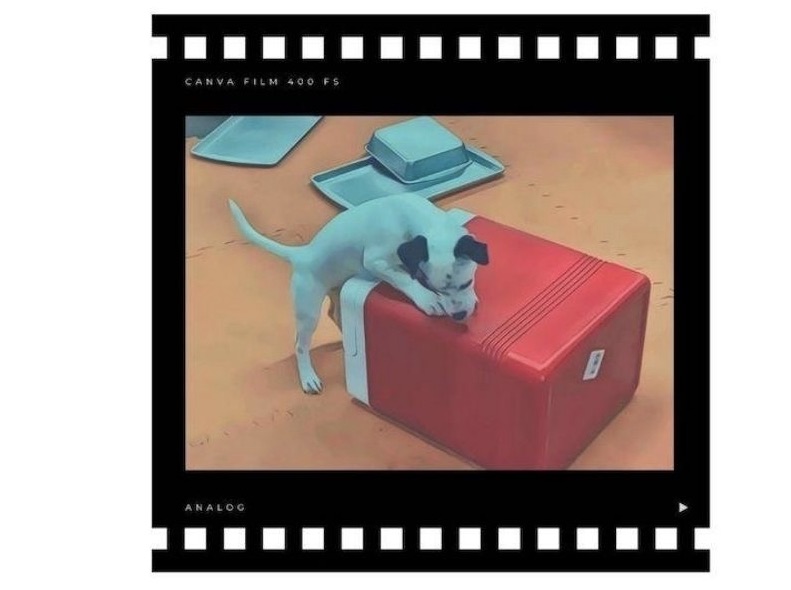I often get asked if puppies can do nose work. My answer is always that puppies SHOULD all be doing nose work! You have the option to start your puppy right on odor, but why not work on the skills in a way that compliments their socialization while preparing them with skills that will help them excel in scent work. These are also fun confidence building games that any dog can play.
Puppies should learn to hunt and explore. Nose work is a great game to teach, and it is lots of fun for the dog and human. I’m enjoying setting up scenting “obstacle” courses for my puppy.
Remember that the primary goal is to build CONFIDENCE, independence, and problem-solving. It should be FUN and free of any help, no matter how mild. Trying to coax your puppy into climbing into a box for a treat is NOT the way to go. If your dog is concerned, you need to change the set up where they can be confidently successful, and in gradual increments increase the difficulty over time.
This is the 2nd variation of the game for Lucy. There are more objects in the containers, she has to stand on items and move them around to get the food. The objects make a muted noise when they move. There is LOTS of food inside each of these, which is what builds her excitement for the game.
While there is no one way to do this, here are some notes to keep in mind so that your dog only has positive experiences while playing:
•Let the dog explore the obstacles completely on their own. Any input from you, even just tapping the container, and saying “It’s ok, come on” is considered pressure and can be aversive or create a dog that needs assistance when the going gets tuff. The only assistance I give is moving forward when she spends more time in the early, now empty containers. I don’t call her, or use my hands, just walking and standing. To start, I did let the puppy watch me putting the treats in the obstacles.
•At 1:14, I do move the shop-vac for her when I realize she cannot reach the treats. I want SOME frustration, but not so much that she gives up. Over time this persistence will increase. Feel free to abort any of the “obstacles” if you realize it will be too much for your puppy.
•Don’t set up anything you think might frighten your dog. Use the information you already have to make smart decisions. You can gradually up the challenges based on how your dog felt about the previous set up. This puppy, Lucy, does not seem to be bothered by noises, movements, or surfaces, so I can challenge her more in these areas. She is concerned about putting her head into spaces, so I will begin with large openings, and will gradually build to smaller openings, with safety always in mind.
•Changes should happen over time, so not in one session, but from one session to the next or over several sessions. Try not to create any strong expectations. The hide should not always be inside a box. It should not always be low.
•Be sure objects are stable unless you intend for them to move.
•METAL OR NOISIER OBJECTS: Start slowly, these can be scary. Notice these are on a soft surface, such as a mat or carpet. Later we will start with a single metal object on a hard surface, such as wood or concrete.
The video is sped up for the viewer. This session took about 3 minutes overall.
We’d love to hear how you incorporated nose work games into your puppy’s socialization plan.


Recent Comments